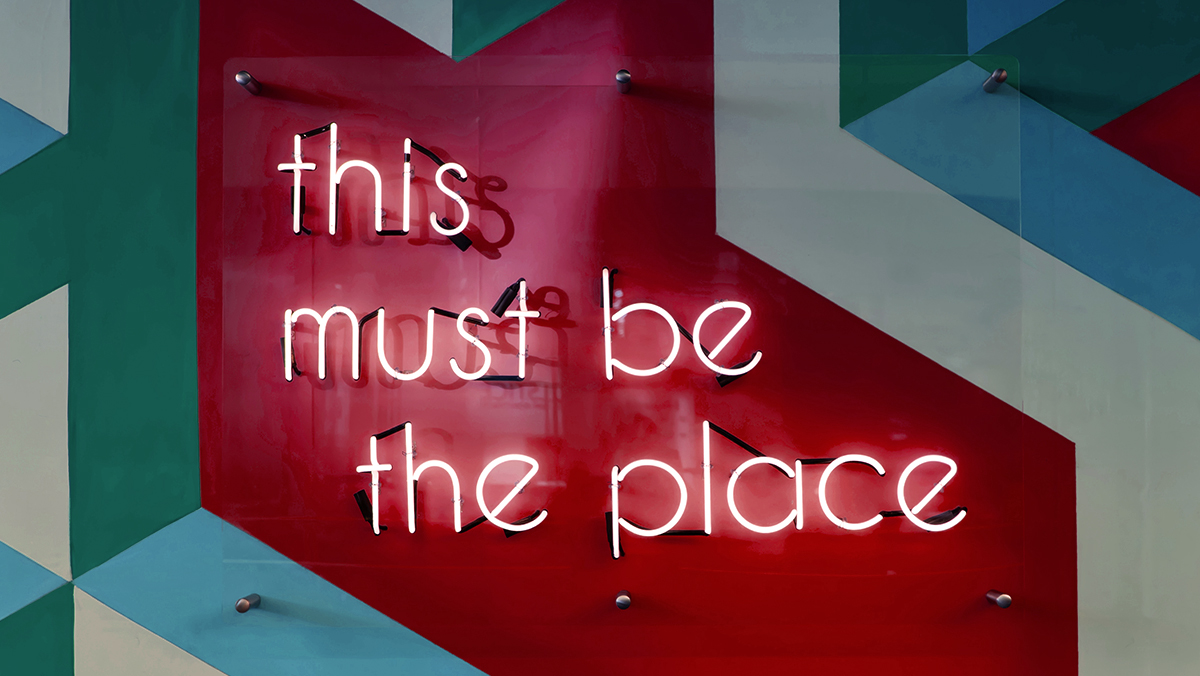
Your employer brand exists in the mind’s eye of your former, current, and future employees. Despite the rising unemployment rates, a positive employer brand is important these days in order to attract the best potential candidates for your company. As the global economy recovers from the pandemic, there will be a high demand for specific skill sets, in areas including IT, sales, marketing, and change management – all needed to evolve to more remote/digital business models.
When it comes to recruiting, it helps to provide the best online UX (user experience) possible for potential employees. As with all branding, relevance is of critical importance in order to facilitate strong engagement. Smart employer-branding content will delight prospective employees.
What is dynamic content?
Dynamic content, in the context of employer branding, creates an experience that is custom designed for the candidate at that moment.
Consider the example of how Amazon.com uses dynamic content: Amazon uses your past shopping and purchase behaviors to provide new product recommendations. Amazon serves product suggestions based on “items you’ve recently viewed” and others “inspired by your shopping trends/purchases.”

Dynamic content also works with digital display ads served on social media sites. Think about when you may have searched for something on the web and then seen an ad for a related product when you visit social media sites like Facebook or LinkedIn. Those social media platforms serve you ad content based on your browsing history and interests.
This type of UX can be easily translated into employer branding and online recruiting efforts but will likely require the collaboration of HR, Marketing, and IT in new ways.
How does dynamic content work?
It starts with a database-driven website. With this type of website, the content is not actually sitting in HTML files on the server, it is sitting in rows and columns in a database. A website with its content stored in HTML files on the file system is known as a “static” website. A database-driven website is known as “dynamic.
To use dynamic content, a website needs to store user information in a database, usually a CRM/Candidate Relationship Management System. Dynamic content is served based on what information the user gives the website – in the case of a prospective employee, this might be their name, e-mail address, and professional opportunity interests.
The user’s information or data is organized and stored in a database-driven website with associated values, a virtual filing system of sorts. The website evaluates the needs of the page being requested by a returning visitor and then shows that viewer content that is most relevant to them.
For example: If a potential candidate visits the “employment opportunities” section of a website and expresses an interest in IT-related jobs, the next time they come back to the website they will be served IT-related job opportunities, making their experience more personalized and, as a result, much more relevant/engaging. And they will not be asked to apply for a job for which they may have already done so.
You will need the following in order to run a dynamic website:
- A marketing automation/CRM platform: This will capture website visitor information and store downloads and interaction with your website in a central database.
- A Smart Content Generator: Based on the information provided by the database, this process determines the appropriate website images/text to show, conforming to pre-set rules.
- Malleable web page design: A dynamic website has easily editable pages and is usually run by marketing vs. IT. This way, it can accommodate various types of customized content delivery.
- Integrate with outbound e-mails: You can extend smart content to outbound e-mails provided your e-mail system is tied to your CRM platform.
Dynamic content employer branding – recruitment strategies
When you integrate dynamic content into your employer branding or recruitment strategy, think about how it might improve the potential candidate’s time on your site and subsequent interactions with your company. The aim is to be relevant, efficient, and engaging.
Prospect life-cycle stage refers to how far along the prospect is in their engagement with your firm. Is this the first time they’ve visited your website looking for a job? Are they ready to submit an employment application? Are they still evaluating employment options? Is this a candidate that has applied for a different position at some time in the past?
Optimizing the UX for the candidate may be the answer. This can be done by mapping content provided to a potential candidate – based on where they are in the recruitment process:
Dynamic content makes use of insights that prospective employees/candidates have provided you in the past, including what sort of job are they looking for, location preference, level of seniority, salary requirements, or employment eligibility.
Make sure you put this knowledge to use by guiding and supporting prospective employees with personalized content. This allows candidates to be recognized as individuals with unique preferences and desires. It’s a great place to start as an employee and employers will gain a “brand advocate” in the process when new employees join the company – singing the praises of the recruitment process and the brand (hopefully on social media).
Cover image source: Tim Mossholder
